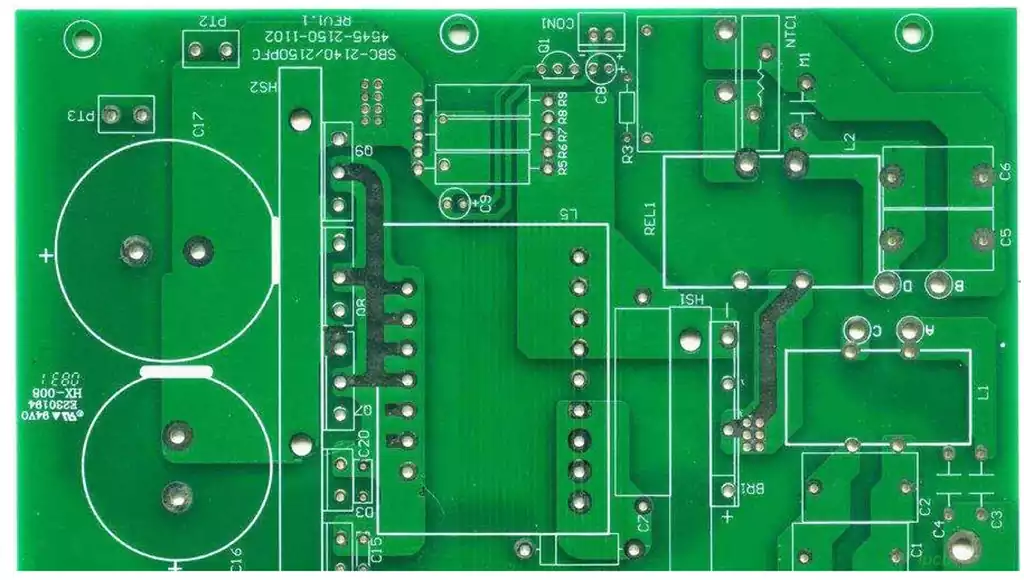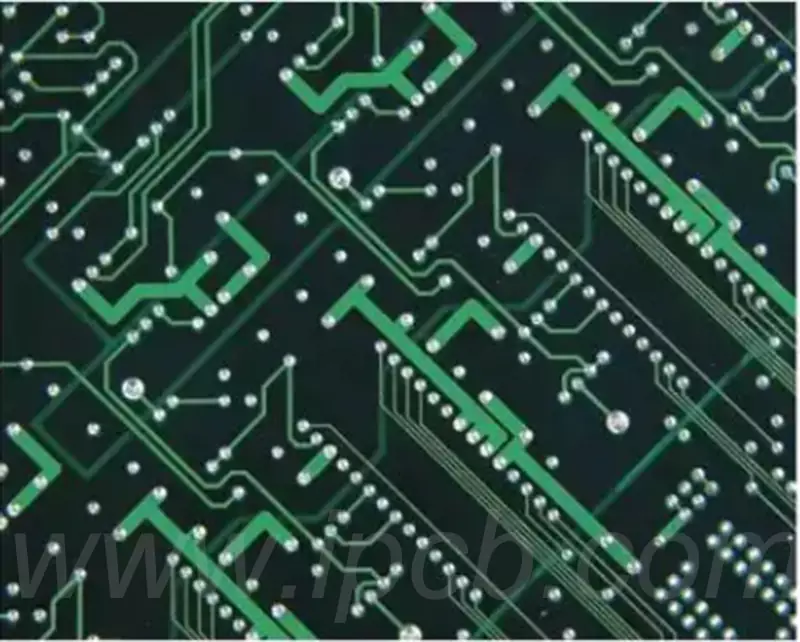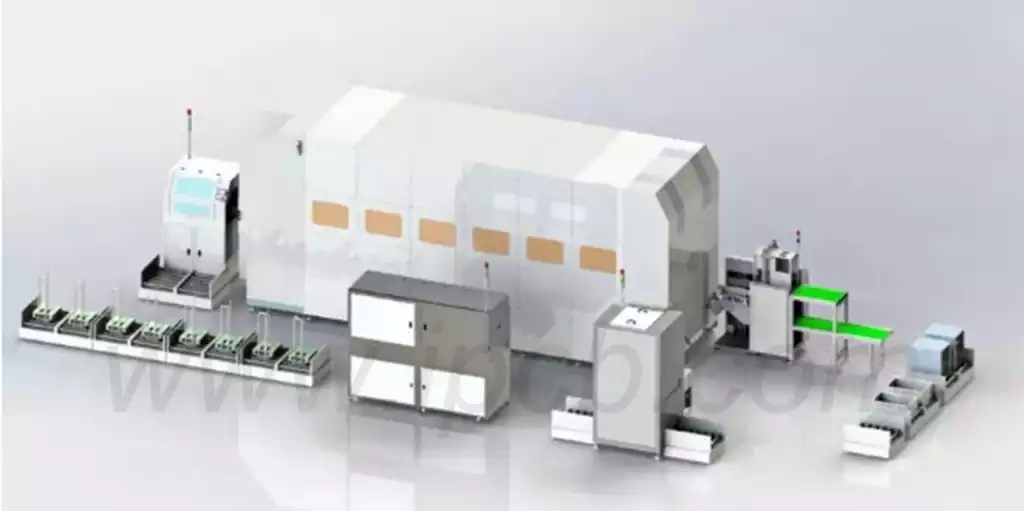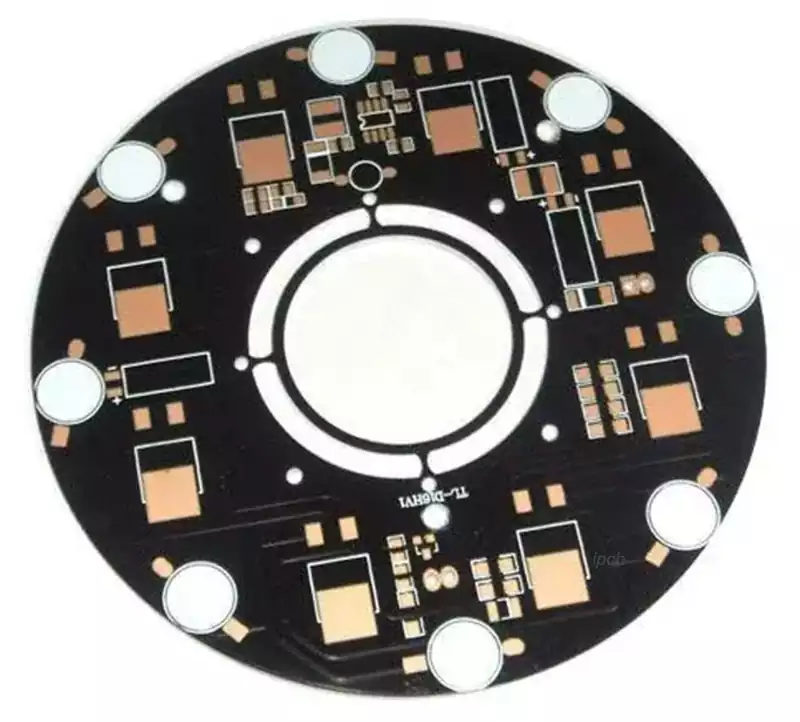A transistor is an electronic device with three terminals used to amplify or switch electronic signals. Its basic components are two semiconductor materials with opposite properties (called p-type and n-type), usually silicon. Typically used as a semiconductor device for amplifiers or electronically controlled switches, the transistor is the basic building block for regulating the operation of computers, mobile phones and all other modern electronic circuits.
Due to their high response and accuracy, transistors are used in a variety of digital and analogue functions, including amplifiers, switches, voltage regulators, signal modulation and oscillators. Transistors can be packaged individually or in very small areas that can hold part of an integrated circuit of 100 million or more transistors.
A transistor is a commonly used semiconductor device, which mainly achieves amplification and control of current through its electrical properties, which in turn enables different electronic circuit functions. Its role is mainly reflected in the following aspects:
- Signal amplifier: transistors can amplify electrical signals by controlling the properties of current, voltage and resistance, making circuits work more stably.
- switching function: transistors can realise the switching function of circuits according to their control current, so as to control the circuits effectively.
- Oscillator: Through components such as feedback loops and resonant circuits of the transistor, a continuous oscillator with a stable frequency can be created, which is widely used in electronic devices such as clocks and timers.
The three pins of a transistor are base, collector and emitter. Their functions are as follows:
- Base: The base is the input of the transistor, which controls the on-off of the transistor and determines whether the output current of the transistor flows through the channel between the collector and the emitter. When the base receives a voltage signal, it generates a current that controls the amplification and switching of the transistor. The base electrode is usually a small dot marked on the transistor package to distinguish it from other leads.
- Collector: The collector is the output of the transistor and collects the current and outputs it. When the transistor is controlled to turn on and off, the collector can output an amplified current signal. The collector is usually a ring-shaped pin on the transistor package and is larger than the other pins.
- Emitter: The emitter is the current input of the transistor and the source of the transistor’s output current. The electrons emitted from the emitter will enter the base area and control the current flow of the transistor, controlling the output of the collector current. The emitter is usually the thinnest pin on the transistor package.
The principle of operation of transistor consists of a PN junction through which current flows at the base and current flows between the collector-emitter.
Here, an NPN transistor is used as an example to illustrate its principle of operation.
When a positive voltage (VBE) is applied between the base and the emitter, electrons (negative charge) from the emitter flow into the base, and some of the electrons combine with holes (positive charge) in the base. This is the tiny current (IB) at the base electrode.
The base electrode (P-type semiconductor) is structurally thin, and most of the electrons flowing into the base electrode from the emitter diffuse into the collector.
The electrons (negative charge) are attracted by the collector-emitter voltage (VCE) and move towards the electrode of the collector. This is the collector current IC.
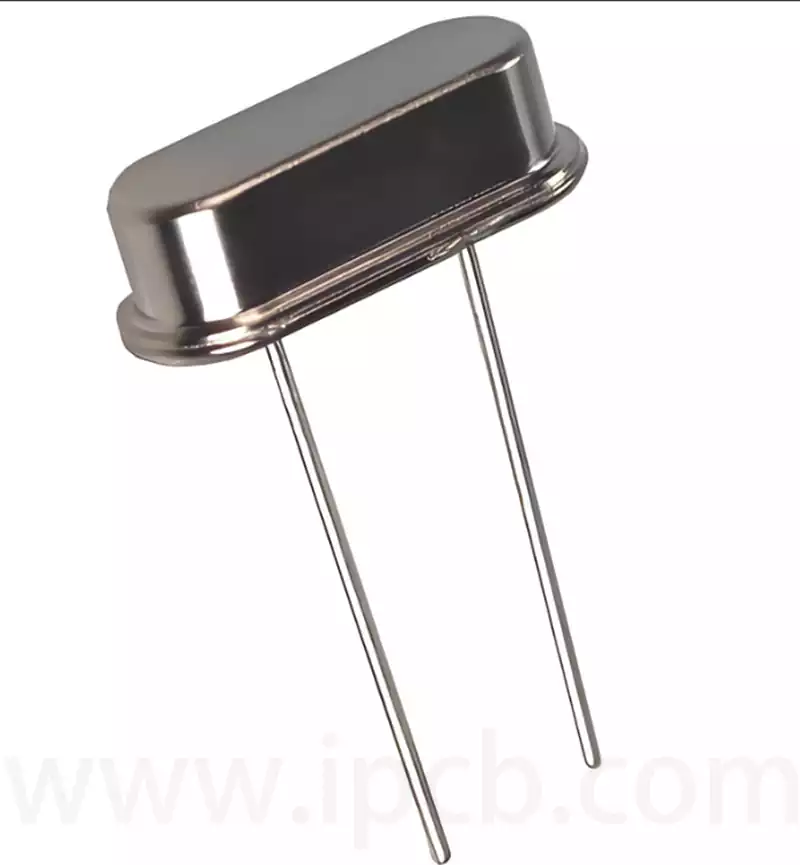
Modern chips require a large number of transistors for several reasons:
- To realise more complex computing and control functions
As technology continues to develop, people want chips to be able to realise more complex computing and control functions. This requires the chip to contain more logic gates and other circuit components, these components need to use a large number of transistors to achieve. For example, modern processors have billions of transistors that can support a variety of computational and communication needs. - Improving circuit integration and performance
The greater the number of transistors in a chip, the greater the integration of the chip’s circuitry and the greater its performance. A highly integrated chip not only improves computing and control performance, but also reduces the physical size of the circuit and lowers power consumption and cost. Therefore, modern chips need a large number of transistors to improve integration and performance. - Improve the reliability of various functions
Transistors in chips can not only realise computing and control functions, but can also be used to realise a variety of functions such as power management, temperature control, communication interfaces and so on. These functions require a large number of transistors to achieve, which can improve the reliability and stability of the chip.
Transistors play an essential role in modern technology as a core component of electronic devices. With the development of modern technology, the demand for transistors in chips continues to grow. Together, the large number of transistors builds powerful logic gates and other circuit components that enable modern processors to handle complex computational tasks while increasing efficiency and reducing power consumption.
